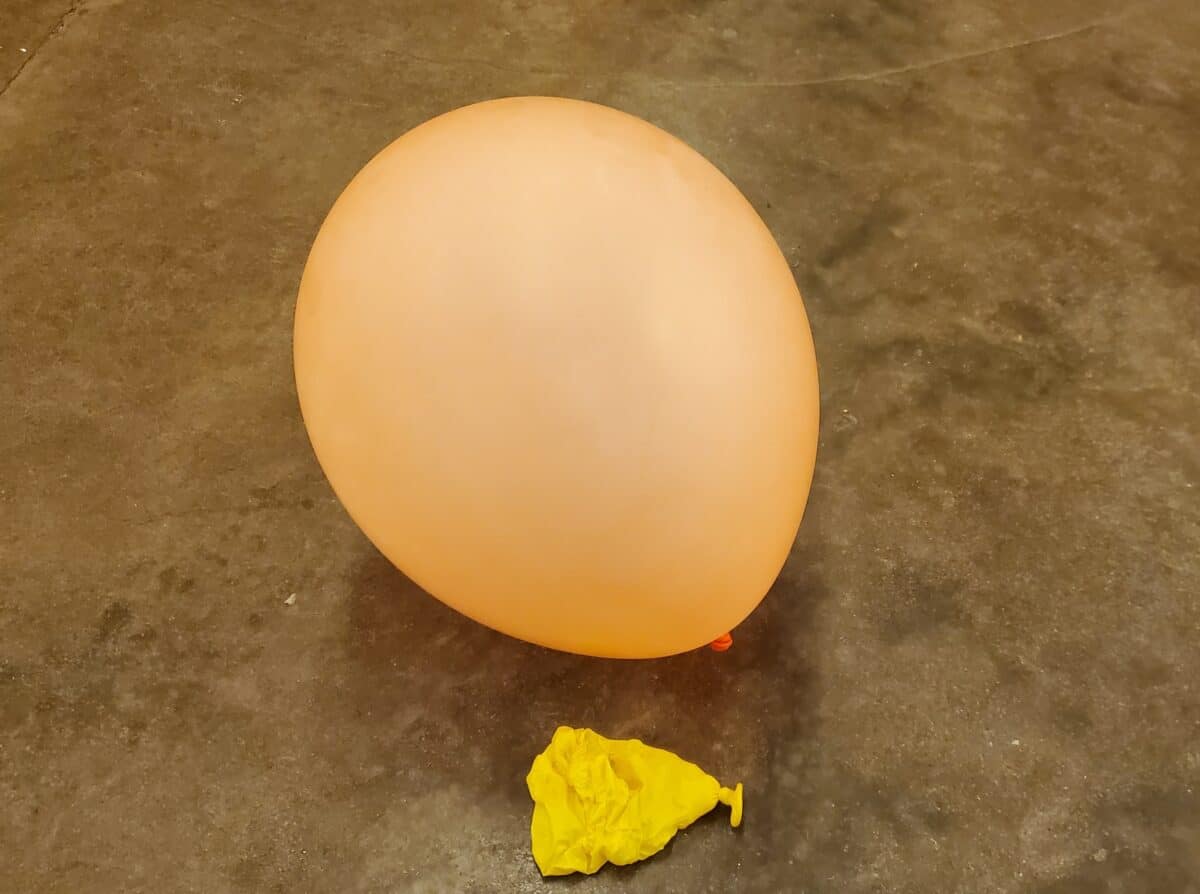“The heart of healing lies in our ability to listen, to see, to perceive, more than in our application of technique.” (Myers 2020).
“In order to change, people need to become aware of their sensations and the way that their bodies interact with the world around them. Physical self-awareness is the first step in releasing the tyranny of the past.” (van der Kolk 2014)
The body is an amazing resource. It is self-organizing, self- reproducing, and self-healing. However this does not happen without self-awareness.
From the perspective of trauma theory, this anatomical perspective offers us many new resources for self-awareness and for renegotiating body-based traumatic memories. The crucial difference that the new, integral or structural anatomy discussed here provides a restoration of bodily meaning in the form of functional awareness or interoception.
Beevor’s axiom states that “the brain does not know the action of the isolated muscle but the movement” (Cano-de- la-Cuerda 2021, Beevor 1903). Structural anatomy like the deep core continuity discussed here, and the restoration of fascial continuities, allow us to better visualize the moving, functional body. This is the key to improved somatic self- awareness. While it is true that we can activate a single muscle, for example to rotate the wrist, this is not how we function. We are creatures of patterns and our mind is a pattern recognition engine. We aren’t made of the artificially isolated, individual parts of modern science. The value of methodological reductionism has come to its limits. Instead, we are a product of systems and systems of systems and this how we know ourselves at the physical level.
So much has been omitted in the reductionism and objectification of modern science. We have always had indigenous knowledge systems and non-modern sciences to remind us of what we have proscribed. But these old knowledge systems, and their gentle relationships with the body and the earth, paled in comparison and did not seem relevant before the accelerating achievements of science. We chose the path of epistemological violence because it promised us the power we desired. But we have come to realize that in separating ourselves from the body, the earth, and others, we are not only guilty of violence towards others but suffers the consequences ourselves. We have now come to recognize the limitations and dangers of this arrogant and elitist approach to others, the body and the earth. A civilization level paradigm shift is well under way and this is just what we need. Like any meaningful paradigm shift, there is a tremendous amount of resistance from the status quo.
Trauma theory is an important and popular expression of this shift towards an integrative and empowering perspective based in new developments in neuroscience, animal ethology, and psychology. The deep core is another powerful example of an integrative approach towards the body and complements the insights of trauma theory. The deep core gives us a tangible, measurable and observable basis for insight and its loss. The deep core is a key ingredient for dealing with the collapse of our body under the stresses of mismatch.
One way to understand this is a restoration of the active faculty of interoception. Interoception, according to the trauma theory, is crucial for healing. The body is an amazing resource. It is self-organizing, self-reproducing, and self-healing. However this does not happen without self-awareness.
We have seen in this case study how crucial parts of our body atrophy and become flaccid through disuse. We lose awareness as this happens and as we shift our attention to the compensatory structures that struggle to hold our imbalanced body together from the outside-in. Restoring awareness to the jaw and throat brings a natural and easy balance to the cervical spine, relieving the chronic tension at the back of the neck. The front balances the back in this area.

